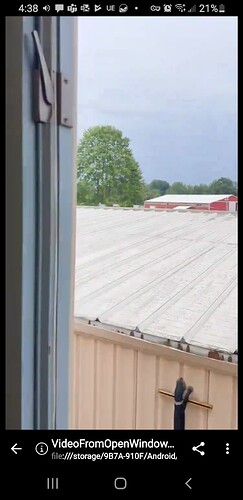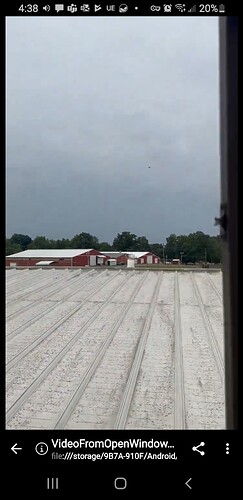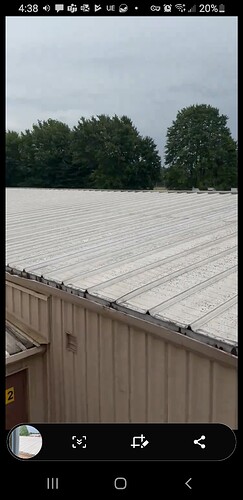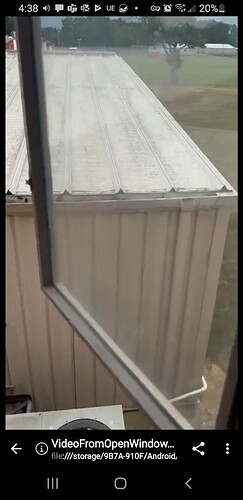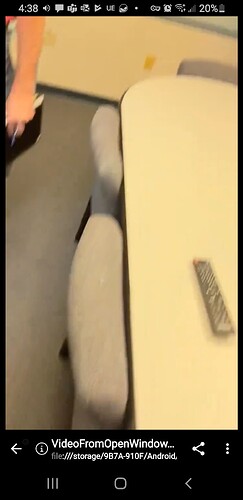Hi Chris,
In regard to your video: Audio Analysis Is 100% Clear: Trump & Crowd Were Shot At By Two Separate People…
In the audio from Video #2, at about 18:40 into your above video…
I noticed that the camera direction swung around about 180 degrees after the first three shots. Could that change in camera/microphone direction make shots 4-7 sound different? Also, maybe the camera operator moved his fingers around, perhaps over or near the microphone, to make the shots sound different.
To me, however, it does sound like 4-5 total shooters.
Shots 1-3 from Crooks [1].
Shots 4-5 from Crooks [1], or somebody from a similar range [2].
Shot 6, from Mike Adams analysis, from a shooter [3] about 50% farther away than Crooks.
Shot 7, from the furthest shooter [4], perhaps around 500 yards.
Shot 8, return fire onto Crooks from SS sniper [5].
How to identify the location of each of the shooters:
- Identify the microphone positions of both Video #1 and #2. The latter seems not close to the bullet path, so there is no bullet crack, just the gun report.
- From Video #1 audio, draw circles on the map around the microphone position for shots 1-7 to indicate the shooter distance from that position for each shot (based on time difference between bullet snap and gun report, as you know how to do).
- Use the bullet snaps in Video #1 audio to get the time difference between when each shot (1-7) was actually fired: shot 1 was fired x seconds before shot 2, shot 2 was fired y seconds before shot 3, etc.
- In regard to Video #2 audio, assume Crooks made shot 1. Identify the distance from Crooks location to Video #2 location. Use this distance to identify exactly where in the audio that Crooks actually fired his first shot (a little [like 0.22 seconds] before the first gun report). Then take the time difference between each shot (1-7) that was found in the previous step to identify when in Video #2 audio each of the shots 2-7 was actually fired.
- From Video #2 audio, use the time difference between when each shot (1-7) was actually fired and when each gun report (1-7) is heard in the audio to identify the distance from the microphone position of Video #2 that each shot is fired from. Draw circles on the map around the microphone position for shots 1-7 to indicate the shooter distance for each shot from this microphone position.
- The two sets of circles, from the second step and the last step above, will identify two possible locations on the map for each shooter.
The actual location of each shooter can then be figured out using common sense and the echos of each shot.
Roughly, for each of the two possible locations for each shot, look at the map for likely echo possibilities. Draw (straight) lines of audio travel from the possible shooter location, bouncing off echo surfaces, to eventually reach the microphone position of the audio. See if the timings of the echo sounds in that audio match up with the time it would take for sound to travel the echo path, starting from when each shot was actually fired.
Since there are two audio sources, from Video #1 and from Video #2, the actual shooter locations should be adequately determined.
Note: Of course, bullet speeds are estimated. For high precision, though likely not necessary, the above method (before echo analysis) can be used with each the minimum and the maximum bullet speeds for each bullet. This will show, for each bullet, not just two possible shooter locations on the map, but two lines representing the possible shooter location. The remaining analysis above can then be used to find both the shooter location much more accurately and the bullet speed for each bullet.





